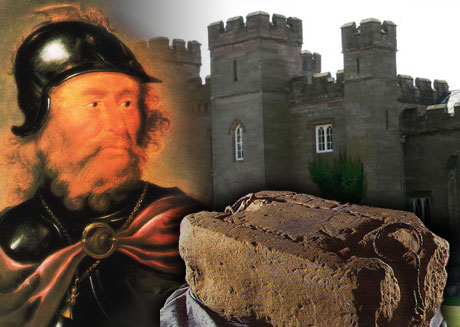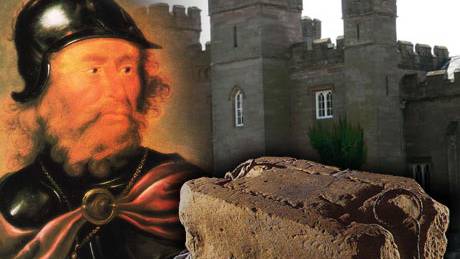Archaeologists set to unearth secrets of Scone and its kings
Source: news.scotsman.com

It is one of the most evocative sites in Scotland's turbulent history - the place where Robert the Bruce was crowned King of Scots before his victory over the English at Bannockburn.
From the reign of Kenneth MacAlpin in the ninth century, every Scots king assumed the mantle of power, seated on the Stone of Destiny, on the ancient mound now known as Moot Hill at Scone in Perthshire.
Despite its role at the very heart of Scottish power, little is known about the archaeology of the ancient site or that of nearby Scone Abbey, the "lost" Augustinian monastery founded in 1114 by Alexander I and sacked and burned by an angry mob at the height of the Reformation.
Next week, however, a major archaeological investigation is set to get under way in the grounds of Scone Palace, the home of the Earl and Countess of Mansfield, to unlock some of the secrets of Scone and to shed fresh light on the two historic sites.
The project, which will run from 9 to 20 July, is being led by Oliver O'Grady, from the Department of Archaeology at Glasgow University, and Peter Yeoman, an author and prominent expert on medieval Scotland.
Mr O'Grady said: "Scone is well established as a significant site in Scottish history. It was the site of an important Augustinian abbey in medieval Scotland and the place of inauguration of medieval Scottish kings.
"But comparatively little is known about both these sites in archaeological terms. We see this as a very positive move to try and open up our understanding of this very important location."
Two years ago, Mr O'Grady and his team carried out an initial survey of the two sites and pinpointed a possible ditch on Moot Hill. But they are now returning with geophysics technology, including ground-penetrating radar, to examine both sites in unprecedented detail.
"We are hoping to understand the special layout of the Moot Hill and to discover whether there are any archaeological remains preserved there," he said.
"We will be looking deep under the ground to try to understand the depth of those archaeological features."
The team is also determined to pinpoint the exact location of the "lost" abbey.
Elspeth Bruce, the administrator at Scone Palace, said: "We are delighted to be supporting these investigations to reveal more about Scone's remarkable past."
The project is supported by the Hunter Archaeological Trust, the Society of Antiquaries of Scotland, the Russell Trust, Glasgow University Department of Archaeology, the Perth and Kinross Heritage Trust, and by Mansfield Estates.
Article from: http://news.scotsman.com/scotland.cfm?id=1046372007






















